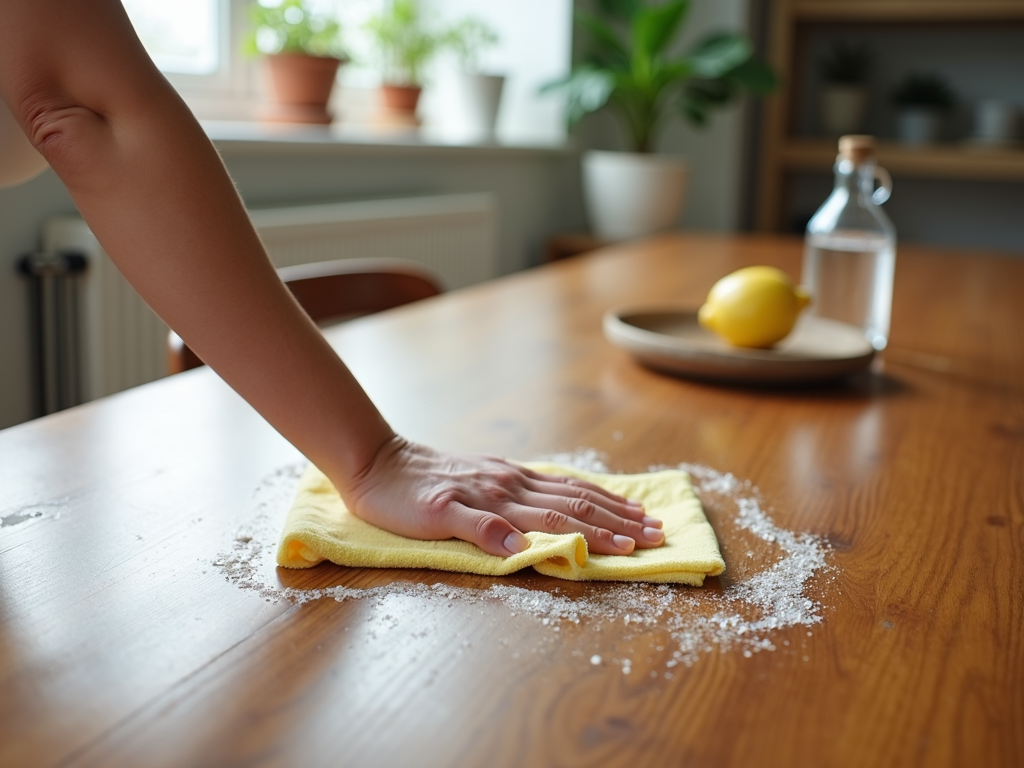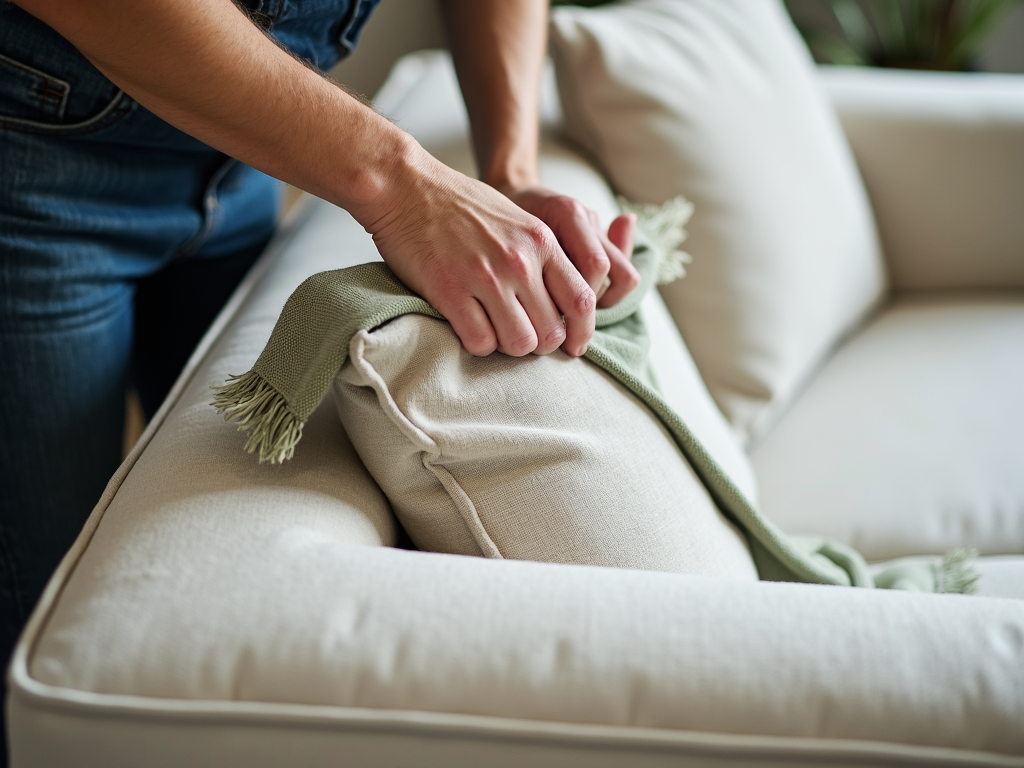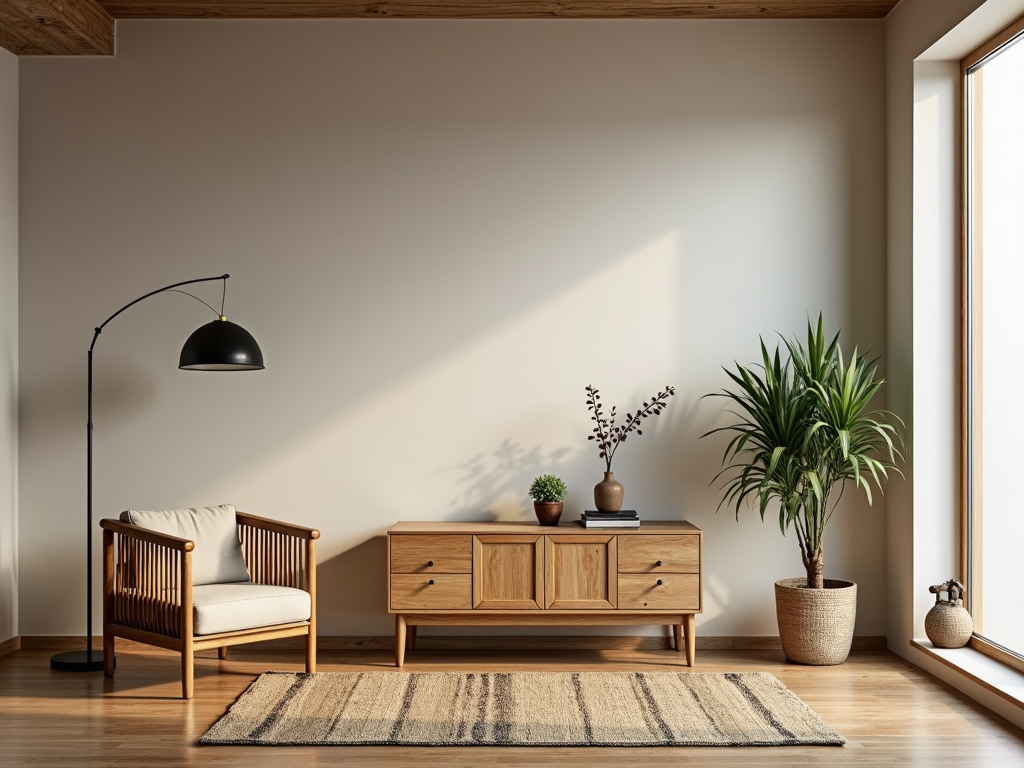Featured Post
Eco-Friendly Furniture Care: Sustainable Practices for Long-Lasting Quality
Eco-friendly furniture care involves using sustainable practices to maintain and preserve furniture, reducing environmental impact and extending the lifespan of your pieces. By adopting these practices, you can contribute to a healthier planet while keeping your furniture looking its best.

When it comes to caring for your furniture in an eco-friendly way, there are several key practices to keep in mind. First and foremost, prevention is key. Regular maintenance and proper care can help prevent damage and prolong the life of your furniture.
One of the most important aspects of eco-friendly furniture care is using natural and non-toxic cleaning products. Many conventional cleaning products contain harsh chemicals that can be harmful to both the environment and your health. Instead, opt for natural alternatives such as vinegar, baking soda, and essential oils. These ingredients are effective at cleaning and disinfecting without leaving behind harmful residues.
For example, a simple mixture of equal parts water and white vinegar can be used to clean and polish wooden furniture. Just apply the solution with a soft cloth, wipe away dirt and grime, and then buff with a dry cloth for a natural shine. This method is not only eco-friendly but also cost-effective. I remember the first time I tried this on my wooden dining table. I was skeptical at first, but after seeing how well it worked, I was amazed. The table looked brand new, and I felt good knowing that I was using a safe and eco-friendly product.

Another sustainable practice is to repair and refurbish furniture instead of replacing it. If a piece of furniture is damaged or worn, consider repairing it rather than throwing it away. This not only reduces waste but also saves resources that would be used to manufacture new furniture.
For instance, if you have a wooden chair with a loose leg, you can easily fix it with some wood glue and clamps. Similarly, if the upholstery on your sofa is worn out, you can reupholster it with eco-friendly fabrics such as organic cotton or hemp. I once decided to reupholster my old sofa instead of buying a new one. I chose a beautiful organic cotton fabric and spent a weekend learning how to reupholster it. Not only did I save money, but I also felt a sense of accomplishment and pride in giving new life to an old piece of furniture.

Proper storage and handling are also crucial for maintaining furniture sustainably. When moving furniture, use blankets or pads to protect it from scratches and dents. Avoid placing furniture in direct sunlight or near heat sources, as this can cause fading and warping.
Additionally, consider the environmental impact of the furniture you purchase. Look for pieces made from sustainable materials such as reclaimed wood, bamboo, or recycled metal. These materials are not only eco-friendly but also durable and long-lasting.

When it comes to specific types of furniture, such as beds, there are additional considerations. For example, using a mattress protector can help extend the life of your mattress by preventing stains and wear. Opt for a protector made from organic cotton or other natural materials.
Regularly rotating your mattress can also help distribute wear evenly and prolong its lifespan. Additionally, using eco-friendly bedding made from organic cotton or linen can reduce your environmental footprint.

For wooden furniture, regular dusting and polishing are essential. Use a soft, lint-free cloth to remove dust and dirt, and apply a natural polish or wax to protect the wood and enhance its natural beauty.
Leather furniture requires special care to maintain its appearance and durability. Use a leather conditioner made from natural ingredients to keep the leather supple and prevent cracking. Avoid using harsh chemicals or abrasive cleaners, as these can damage the leather.
For upholstered furniture, regular vacuuming can help remove dirt and debris that can cause wear and tear. Use a vacuum cleaner with a HEPA filter to reduce allergens and improve indoor air quality.
For metal furniture, such as outdoor patio sets, it's important to prevent rust and corrosion. Using a natural oil, like linseed oil, can help protect the metal and keep it looking its best. Simply apply a thin layer of oil with a cloth and wipe away any excess.
Glass tables and surfaces can be cleaned with a mixture of water and lemon juice. The acidity of the lemon juice helps cut through grease and grime, leaving the glass sparkling clean. Plus, it leaves a fresh, citrusy scent.
Here's a table comparing conventional cleaning products with natural alternatives:
| Conventional Product | Natural Alternative | Environmental Impact |
|---|---|---|
| Chemical-based furniture polish | Vinegar and water solution | Reduced chemical runoff and pollution |
| Harsh upholstery cleaner | Baking soda and essential oils | Biodegradable and non-toxic |
| Leather conditioner with synthetic ingredients | Natural oils like coconut or olive oil | Sustainable and renewable resources |
By choosing natural alternatives, you can reduce your environmental footprint and create a healthier home environment.
Another important aspect of eco-friendly furniture care is proper disposal. When furniture reaches the end of its life, consider donating it to a charity or recycling center instead of sending it to a landfill. Many organizations accept gently used furniture and can give it a second life.
Additionally, when purchasing new furniture, look for pieces that are certified by organizations such as the Forest Stewardship Council (FSC) or the Sustainable Furnishings Council (SFC). These certifications ensure that the furniture is made from responsibly sourced materials and produced in an environmentally friendly manner.
By incorporating these sustainable practices into your furniture care routine, you can make a positive impact on the environment while enjoying beautiful, long-lasting furniture.
Eco-friendly furniture care involves using sustainable practices to maintain and preserve furniture, reducing environmental impact and extending the lifespan of your pieces. By using natural cleaning products, repairing and refurbishing furniture, and making conscious choices about the materials you use, you can contribute to a healthier planet while keeping your furniture looking its best.









